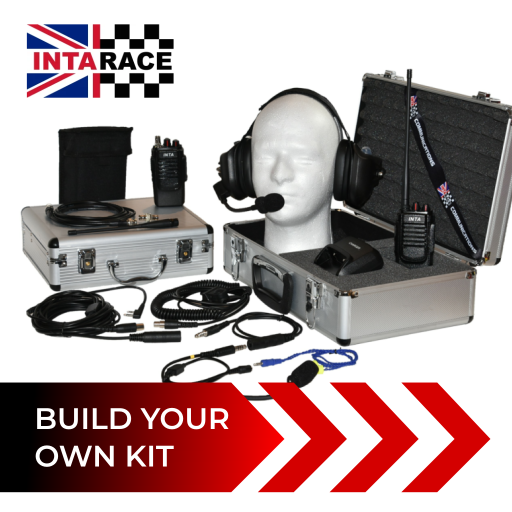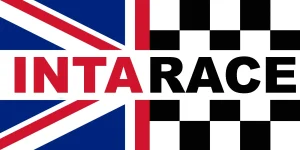
Analogue and digital radios operate in the same way as FM and DAB radios in a car.
FM (analogue) provides good audio but when in a dip or shielded by large buildings the audio may become a little crackly.
DAB (digital) sound quality is consistently good but, in similar circumstances to FM (analogue) when in a dip or shielded by large buildings, if the signal strength fades sufficiently the audio disappears completely.
Analogue radios are recommended for straightforward driver to pit crew communication.
Digital radios can be programmed for complicated functions such as multiple teams, pit crews and managers.
Analogue radios use CTCSS to identify their signal and eliminate crosstalk with other teams.
Digital radios use digital coding for identification and crosstalk elimination.
On an individual basis, we are happy to discuss which system is more suitable.
Please be aware that both systems can suffer from interference when other teams transmit at exactly same time on exactly the same frequency.
